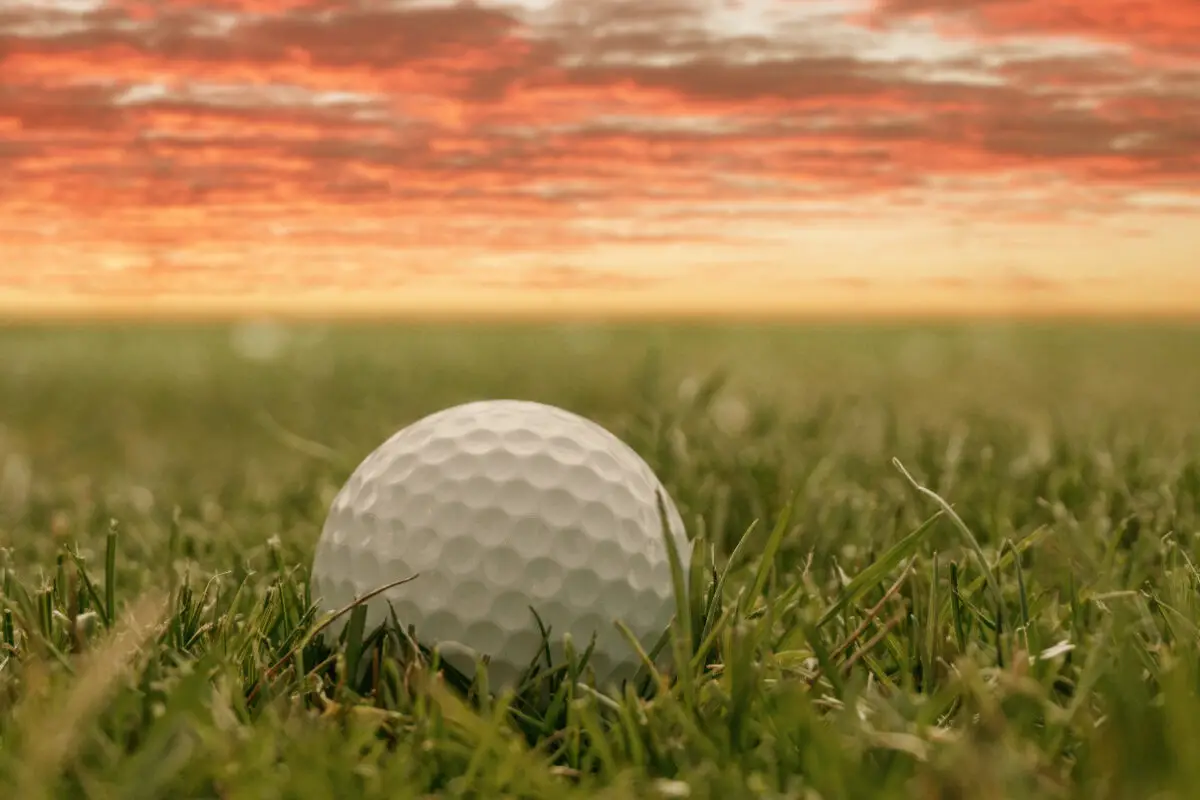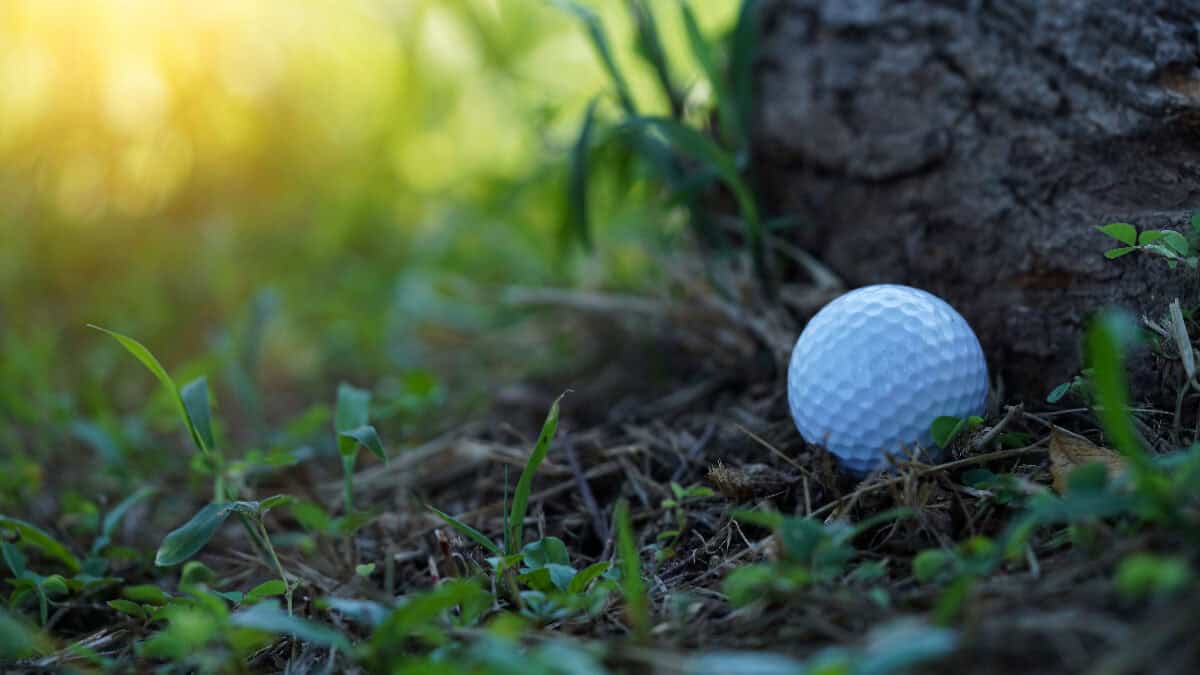What are Biodegradable Golf Balls Made Of?
Golf is a popular sport played widely around the world. However, the traditional golf ball is made of plastic and rubber materials that are not environmentally friendly.
Golf balls ending up in lakes, rivers, and other water bodies can pollute these environments.
This has led to interest in biodegradable golf balls, which provide an eco-friendly alternative. But what exactly are these sustainable balls made of? Let’s take a closer look.

The Problem with Conventional Golf Balls
The standard solid golf ball has a rubber core encased in a plastic cover usually made from Surlyn or urethane. These materials are durable but don’t break down quickly.
When golf balls end up in ponds, rivers, or lakes, they can persist for many years. The plastic cover resists decomposition and can leach chemicals over time. Old golf balls cluttering waterways potentially harm wildlife habitats.
Millions of golf balls are lost annually, with many winding up in sensitive environmental areas. This demonstrates the need for more sustainable options.
What Makes a Golf Ball Biodegradable?
A biodegradable golf ball uses materials engineered to decompose naturally within 1-5 years. There are two main requirements:
1. Biodegradable Cover Material – The outer layer needs an eco-friendly polymer instead of Surlyn or urethane. Many brands use plant-based bioplastics made from materials like cornstarch.
2. Bio-Core Construction – The rubber core must be replaced with a degradable core material such as a gelatin or cellulose blend.
The materials must fully break down through natural processes when littered. Next let’s examine the biodegradable materials used.
Outer Cover Materials
Here are some common bioplastic cover materials used:
- Polylactic Acid (PLA) – Derived from plant starches and decomposes within 1-5 years in water.
- Polyhydroxyalkanoates (PHA) – Made from plant oils/sugars and break down quickly.
- Polyhydroxybutyrate (PHB) – Comes from bacterial cellulose processing.
- Cellulose Acetate – Derived from wood pulp or cotton. An early bioplastic cover material.
These provide a similar feel and performance to standard Surlyn or urethane covers.

Inner Core Materials
Biodegradable core options include:
- Solid Bioplastic Cores – A single bioplastic like PHA or PLA. Provides weight and resilience.
- Air-Injected Cores – Foam polymers from natural latex or other sustainably sourced ingredients.
- Gelatin Cores – Animal collagen processed into resilient gelatin.
- Plant-Based Cellulose – Cellulose from bamboo or other plants.
- Cork – Harvested sustainably from trees, but may lack desired energy return.
These ensure the entire ball structure decomposes naturally.
Considerations for Biodegradable Balls
While technology has improved, some performance differences remain:
- Distance – Many focus on feel over distance. But some match standard length off the tee.
- Durability – Covers may show wear sooner than regular balls.
- Weather Resistance – Some bioplastics get too hard or soft in extreme temperatures.
- Water Resistance – Natural covers absorb more moisture.
- Price – Usually 2-4 times more than equivalent models, but dropping.
The Future of Biodegradable Golf Balls
Ongoing innovation will further improve biodegradable ball performance and adoption:
- New bioplastics will enhance durability, resilience, and recyclability.
- Manufacturing methods will optimize construction.
- Lower costs through economies of scale as production expands.
- Consumer demand and golf association support will accelerate development.
- More golf communities will likely mandate eco-ball policies.
Within 5-10 years, biodegradable balls could become the new norm.
Conclusion
Biodegradable golf balls use materials like PLA, PHA, and cellulose to provide an earth-friendly alternative to traditional balls. Performance trade-offs exist today but are improving.
As technology advances, biodegradable balls will likely match or surpass standard balls in sustainability and playability. This makes them the wave of the future for eco-conscious golfers and clubs.
